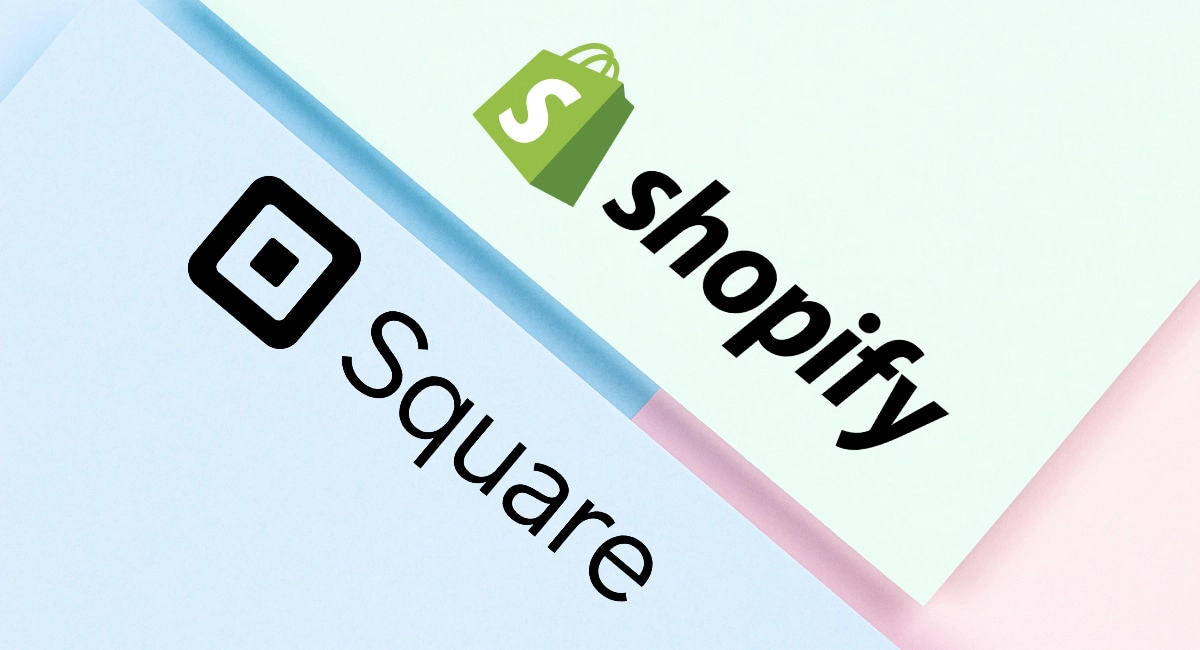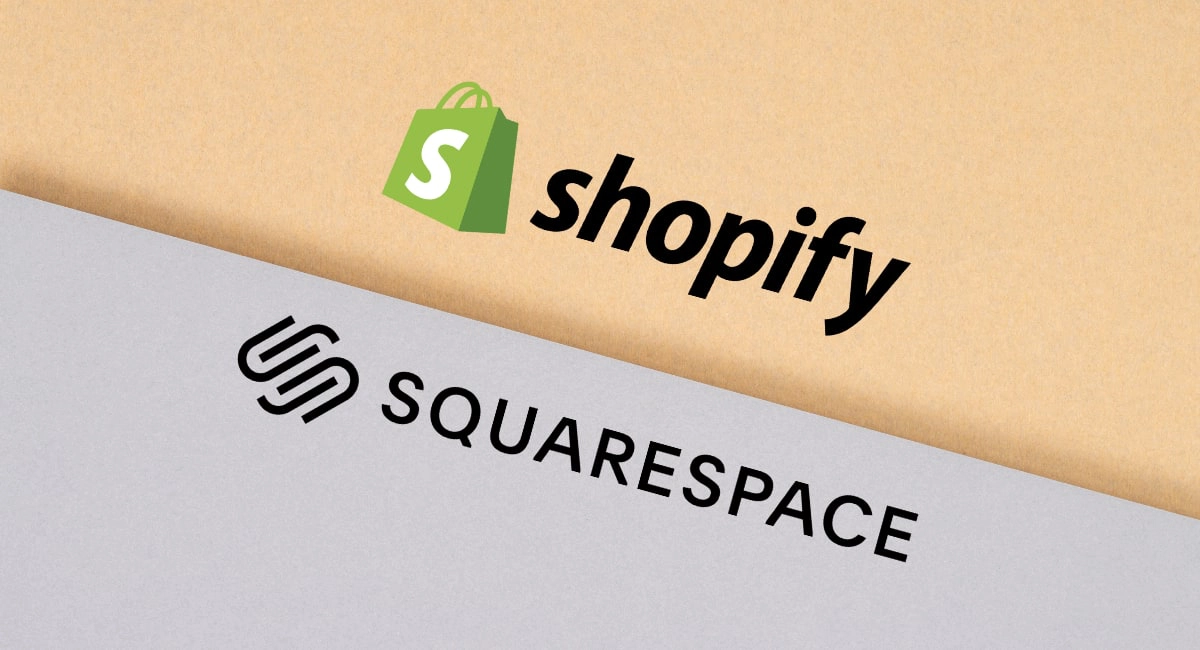Shopify and Wix have a lot of positives going, but which is better for an ecommerce website? With lots of features, either works brilliantly for almost any kind of online store, but there are still limitations.
For a start, Shopify is geared solely towards online stores, not personal websites. In contrast, Wix caters to general websites and bloggers, but has serious features for businesses and freelancers too.
Assuming you want an online store, let us compare the main differences between Wix and Shopify.
 |
 |
|
|---|---|---|
| To website | ||
| Monthly fee | A$23 – A$58/mo | US$21.75 – US$299*/mo |
| Instalments | Monthly, annual, every 2 years | Monthly, annual, every 2 years, every 3 years |
| Contract | Cancellable any time | Cancellable any time |
| Payment processing | Good choice of external processors | Shopify Payments (integrated); wide choice of external processors |
| Web hosting | Included | Included |
| Shop templates | 120+ (free) | 80+ (free & paid) |
| POS integration | Square | Shopify POS |
| Additional apps | 300+ apps | 6800+ apps |
| Support | 24/7 on all plans | 24/7 on all plans |
*Excluding GST.

|

|
|---|---|
| Monthly cost | |
| A$23 – A$58/mo | US$21.75 – US$299*/mo |
| Instalments | |
| Monthly, annual, every 2 years | Monthly, annual, every 2 years, every 3 years |
| Contract | |
| Cancellable any time | Cancellable any time |
| Payment processing | |
| Good choice of external processors | Shopify Payments (integrated); wide choice of external processors |
| Web hosting | |
| Included | Included |
| Shop templates | |
| 120+ (free) | 80+ (free & paid) |
| POS integration | |
| Square | Shopify POS |
| Additional apps | |
| 300+ apps | 6800+ apps |
| Support | |
| 24/7 on all plans | 24/7 on all plans |
*Excluding GST.
Subscriptions and payments: big pricing differences
There are big price differences between Shopify and Wix ecommerce plans. The platforms have comparable plans for ecommerce, but Shopify’s subscriptions are a lot more expensive.
To compare, the monthly ‘Basic Shopify’ plan is about $6 AUD more expensive than ‘Wix Business Basic’ (equivalent basic plan). The monthly ‘Shopify’ plan is more than twice as expensive as ‘Wix Business Unlimited’ (medium plans), and ‘Advanced Shopify’ is over seven times as expensive as ‘Wix Business VIP’ (advanced plans).
Shopify subscriptions are priced in USD only, but GST applies nonetheless in addition to the listed prices. Wix charges in AUD – with GST included in the prices.
Full review: Wix eCommerce – easy, even with the many features
That is not the only difference. Wix offers personal website subscriptions versus plans specifically for ecommerce. Shopify is exclusively built for online stores, but you can also build a non-business website without the shop part. It would just be pointless to use Shopify for a personal website, since you can get far better – and cheaper – features for general websites elsewhere.
| Basic plan | Regular plan | Advanced plan |
|---|---|---|
| Wix subscriptions (incl. GST) | ||
| Business Basic | Business Unlimited | Business VIP |
| Monthly: A$34/mo Year upfront: A$26.50/mo 2 years upfront: A$23/mo |
Monthly: A$47/mo Year upfront: A$38/mo 2 years upfront: A$33.50/mo |
Monthly: A$58/mo Year upfront: A$50/mo 2 years upfront: A$42.99/mo |
| Sign up for a free Wix account, or trial a Business plan & cancel within 14 days for a full refund (card payment required) | ||
| Shopify subscriptions (excl. GST) | ||
| Basic Shopify | Shopify | Advanced Shopify |
| Monthly: US$29/mo Year upfront: US$26/mo 2 years upfront: US$23.25/mo |
Monthly: US$79/mo Year upfront: US$71/mo 2 years upfront: US$63.25/mo |
Monthly: US$299/mo Year upfront: US$266/mo 2 years upfront: US$59.25/mo |
| Sign up for a 14-day free Shopify trial (no card details required) | ||
| Basic plan |
Regular plan |
Advanced plan |
|---|---|---|
| Wix subscriptions (incl. GST) | ||
| Business Basic | Business Unlimited | Business VIP |
| Monthly: A$34/mo Year upfront: A$26.50/mo 2 years upfront: A$23/mo |
Monthly: A$47/mo Year upfront: A$38/mo 2 years upfront: A$33.50/mo |
Monthly: A$58/mo Year upfront: A$50/mo 2 years upfront: A$42.99/mo |
| Sign up for a free Wix account, or trial a Business plan & cancel within 14 days for a full refund (card payment required) | ||
| Shopify subscriptions (excl. GST) | ||
| Basic Shopify | Shopify | Advanced Shopify |
| Monthly: US$29/mo Year upfront: US$26/mo 2 years upfront: US$23.25/mo |
Monthly: US$79/mo Year upfront: US$71/mo 2 years upfront: US$63.25/mo |
Monthly: US$299/mo Year upfront: US$266/mo 2 years upfront: US$59.25/mo |
| Sign up for a 14-day free Shopify trial (no card details required) | ||
Shopify comes with its own payment system: Shopify Payments. It has the highest transaction fees on the cheapest plan (Basic Shopify): 1.75% + 30¢ AUD for Australian cards and 2.9% + 30¢ AUD for international or American Express cards.
Only when you upgrade to the Shopify plan do you pay less: 1.6% + 30¢ for domestic cards and 2.8% + 30¢ for international/Amex cards. With Advanced Shopify, the transaction fee drops to 1.4% + 30¢ (domestic) and 2.7% + 30¢ (international/Amex).
In other words, you have to pay $79 USD per month (monthly rolling subscription) or $852 USD annually (the annual plan is paid upfront) for the Shopify plan to get lower rates. For an even lower fee, you have to pay $299 monthly or $3,192 annually upfront for the Advanced Shopify plan – all excluding GST.
| Wix | Shopify | |
|---|---|---|
| Transaction fees | Depends on payment processor | Basic Shopify: 1.75% + A$0.30 (domestic cards) 2.9% + A$0.30 (intl./Amex) Shopify: 1.6% + A$0.30 (domestic cards) 2.8% + A$0.30 (intl./Amex) Advanced Shopify: 1.4% + A$0.30 (domestic cards) 2.7% + A$0.30 (intl./Amex) |
| Refund fee | Depends on payment processor | Original transaction fees retained by Shopify |
| Chargeback fee | Depends on payment processor | $25 AUD each |
| Themes | Free | $0-$350 USD + GST each |
| Wix | Shopify |
|---|---|
| Transaction fees | |
| Depends on payment processor | Basic Shopify: 1.75% + A$0.30 (domestic cards) 2.9% + A$0.30 (intl./Amex) Shopify: 1.6% + A$0.30 (domestic cards) 2.8% + A$0.30 (intl./Amex) Advanced Shopify: 1.4% + A$0.30 (domestic cards) 2.7% + A$0.30 (intl./Amex) |
| Refund fee | |
| Depends on payment processor | Original transaction fees retained by Shopify |
| Chargeback fee | |
| Depends on payment processor | $25 AUD each |
| Themes | |
| Free | $0-$350 USD + GST each |
Wix lets you accept cards and digital payments via popular online payment gateways including Stripe, PayPal and Oceanpayment. Fees for transactions, chargebacks and refunds are determined by your chosen payment processor, not Wix.
In Shopify, you can also connect to a wide range of payment gateways, if you don’t want to use Shopify Payments to process transactions. This makes Shopify checkout more adaptable, but deactivating Shopify Payments does not make you exempt from paying transaction fees to Shopify.
In fact, the Basic Shopify subscription charges 2%, Shopify charges 1% and Advanced Shopify charges “only” 0.5% in addition to the transaction fees from an alternative processor. This does not apply if Shopify Payments is your primary system at checkout, so it is a sort of ‘penalty fee’ for not using Shopify Payments.
Shopify Payments accepts Visa, Mastercard, Maestro, American Express, Apple Pay and Google Pay at the online checkout. Payouts through Shopify take up to 5 business days to reach your bank account.
 |
 |
|---|---|
| Wix Payments (integrated): Not available in Australia |
Shopify Payments (integrated): |
| Available payment integrations: Afterpay, Alipay, Braintree, eWay, Fat Zebra, Klarna, Laybuy, Oceanpayment, PayPal, Square, Stripe, WeChat Pay |
Available payment integrations: Adyen, Afterpay, Authorize.net, Braintree, eWay, PayPal, Skrill, Windcave, plus many other processors |
| Offline payments: Cash, cheque |
Offline payments: Cash, cheque |
Chargebacks incur a $25 AUD charge through Shopify. If you process a lot of refunds, Shopify could get expensive because you’ll be charged the transaction fees incurred when the purchase was processed originally.
Wix templates are all free to use, whereas Shopify only has a few free templates. To use a more advanced or stylish template, you typically have to pay a one-off fee of US$180-US$350 to Shopify.
Online store features: impressive, mixed bag
With such a big difference in costs, it’s extra important to know if Shopify is actually worth the expensive subscriptions compared to Wix eCommerce. This question is hard to answer unless you know what features you need – and until you sign up and make a test site of your own.
Why? Because many of the advertised features on Wix’s and Shopify’s websites are not included in the core subscriptions. Certain shortcomings aren’t obvious until you start a trial or subscription and realise you have to upgrade to a more expensive plan to access a specific function or app.
Many features require adding an app from the Shopify App Store (containing a whopping 6,800+ apps) or Wix App Market (with 300+ apps). Some of these are free while others have their own paid subscriptions.
The huge selection of apps alone in Shopify is enough to sway some merchants to this platform so they can scale the online store in any way required. However, the growing Wix eCommerce features are impressive, sometimes exceeding Shopify’s limitations. You may have to upgrade to a higher plan on either platform to be able to use certain apps, though.
| Wix | Shopify | |
|---|---|---|
| Features apps | 300+ apps | 6800+ apps |
| Store products | Unlimited | Unlimited |
| Storage space | Basic: 20 GB Unlimited: 35 GB VIP: 50 GB |
No limit |
| Staff accounts | Up to 99 (all plans) | Basic: 2 Shopify: 5 Advanced: 15 |
| Multiple locations | Up to 5 (all plans) | Basic: 4 Shopify: 5 Advanced: 8 |
| Multiple currencies | Only on Unlimited & VIP | Available on all plans |
| Multilingual support | 100+ languages | 20 languages |
| Free templates | 120+ | 10 |
| Wix | Shopify | |
|---|---|---|
| Features apps | 300+ apps | 6800+ apps |
| Store products | Unlimited | Unlimited |
| Storage space | Basic: 20 GB Unlimited: 35 GB VIP: 50 GB |
No limit |
| Staff accounts | Up to 99 (all plans) | Basic: 2 Shopify: 5 Advanced: 15 |
| Multiple locations | Up to 5 (all plans) | Basic: 4 Shopify: 5 Advanced: 8 |
| Multiple currencies | Only on Unlimited & VIP | Available on all plans |
| Multilingual support | 100+ languages | 20 languages |
| Free templates | 120+ | 10 |
Both Shopify and Wix include detailed product libraries, order management, blogging, marketing tools, integrations with social media (e.g. selling through Instagram and Facebook), SEO settings, calculated shipping rates, dropshipping options, and much more. Gift cards can be sold with Shopify and Advanced Shopify, as well as Wix.
We were impressed with the range of products and services you can sell on Wix, whereas Shopify tends to focus on retail. Wix has apps for accepting bookings, music streaming, selling photos, event tickets, online ordering for delivery or pickup, table reservations for restaurants – on top of tools for a standard retail store.
Although Shopify can be used for professional services, digital products and food and drink, its strongest tools relate to inventory management, the online shop section on the website and order management. Wix can suit small retail shops perfectly, but as you start to sell many hundreds of products, it’s not as sophisticated as Shopify.

Wix ecommerce themes are all free.
One reason for Shopify being better for inventories is file storage. Have you got thousands of products with videos and high-definition photos? Then Shopify might be best, because it allows unlimited products and gigabytes, while Wix limits website storage to 20 GB – 50 GB. Total video length is capped at 5 hours on Wix Basic and 10 hours on Wix Unlimited, but you get unlimited bandwidth (for fast browsing) from both providers.
So what if you eventually want to transfer your online store to a different website builder? This is possible with Shopify, but not Wix. Consequently, it might not be a good idea to spend a lot of time and money building a Wix store and then change your mind when it’s too big to manage in Wix.
Both platforms can manage multiple locations, i.e. several physical stores and inventory warehouses, and share management duties with staff. Wix allows up to 99 different user accounts and five locations on any plan. Shopify limits physical locations to 4-8 and user accounts to 2-15 depending on the plan. User accounts can have different roles and permission sets.
Global online stores can only accept multiple currencies on Wix Unlimited and VIP, while Shopify allows multiple currencies on any plan. That being said, Shopify only provides multilingual support for up to 20 languages while Wix can translate your site into over 100 languages on any plan.
Sales reports and analytics are pretty decent on either platform, but “professional reports” are not included on Basic Shopify – you have to upgrade for that. Wix does not distinguish between reports on Basic and Unlimited plans. You have to get on the highest ecommerce plan to customise reports on both platforms.
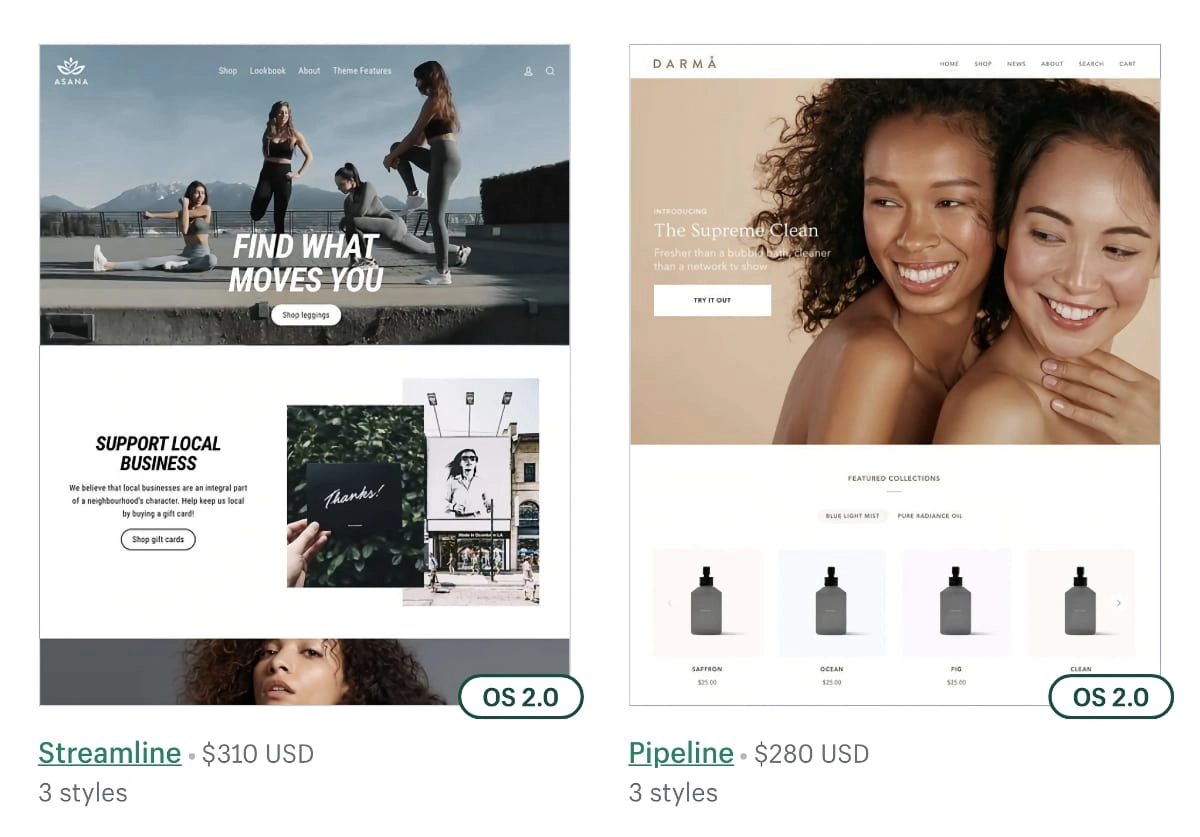
Only few Shopify themes are free – the rest cost between $150 and $350 USD.
There’s a far bigger selection of free templates on Wix eCommerce than Shopify. Although Wix boasts “500+ professional online store templates”, a closer look reveals only 120 of them are created for online stores (the rest are for non-commercial websites). Shopify’s theme selection is great, but there are only 10 free templates and 70 paid templates priced at US$150+ each.
Wix is better for user experience
Although both platforms can easily be called user-friendly, only Wix has a truly streamlined process for building an online store in no time.
Wix actually gives you a choice between two website editors: Editor and ADI (Artificial Design Intelligence). The latter starts with step-by-step questions about the style and type of store you want. It then creates a full online store, which you can tweak any time in a simple editor. This is by far the fastest way to create an online store from scratch.
Image: Wix
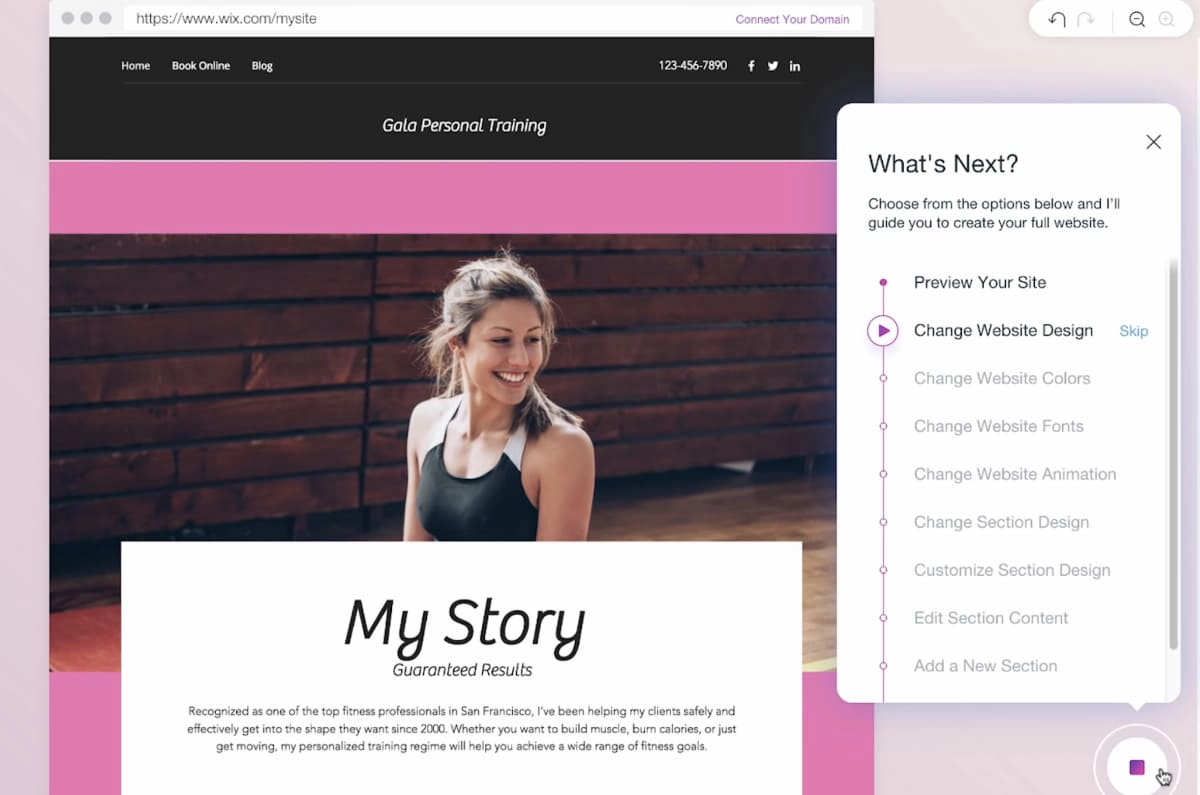
Wix ADI tells you which things to complete, with a choice of curated design options.
With Wix Editor, you first pick a website template to edit. In the Editor, you click on the thing that needs changing to open lots of editing options. You can drag sections to a preferred size, add any elements like images, video, buttons and text, and much more. No coding is required since things are edited directly on your web pages, but it does take longer to create a complete site this way compared with ADI.
Image: Mobile Transaction
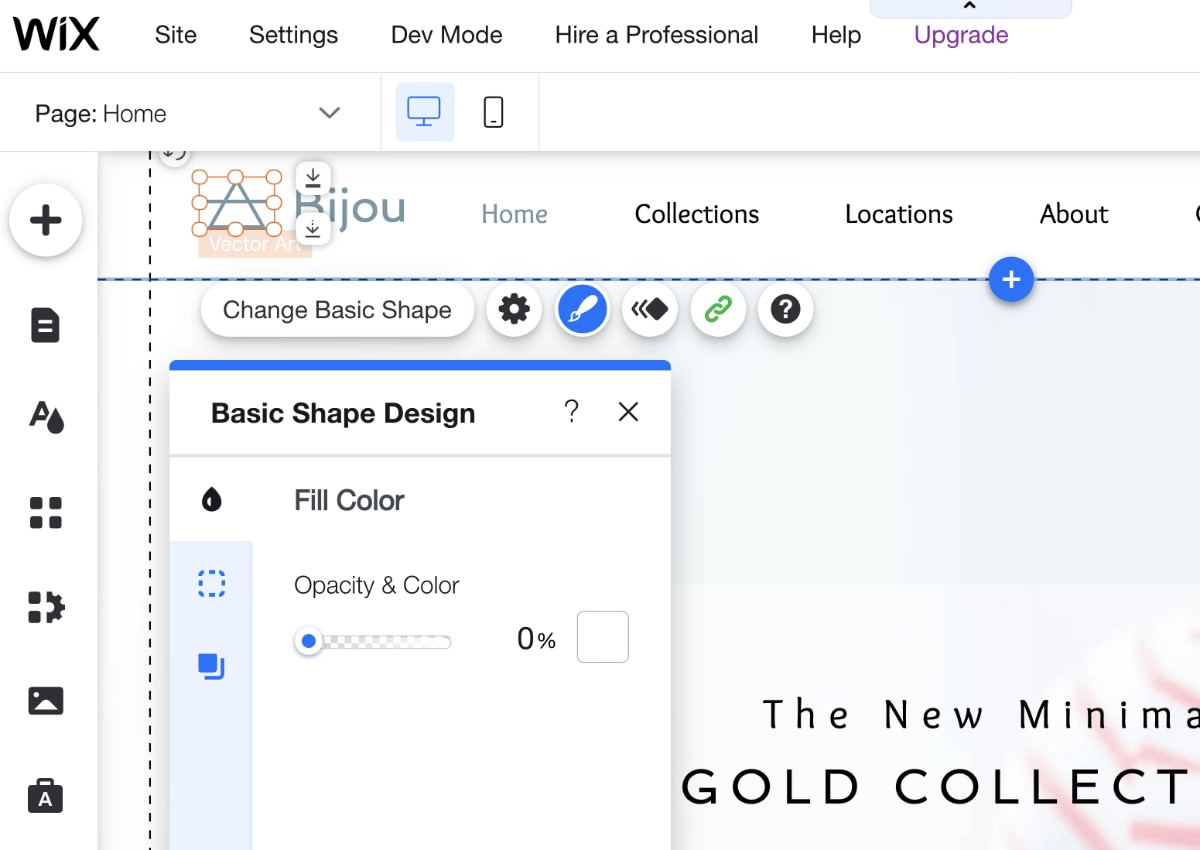
Wix Editor has more options like multilingual sites, adding apps and advanced design edits.
Wix Editor is great for total control over the look of your website, but may be overwhelming to some users given the large range of features. The ADI editor gives fewer editing options, which some users prefer, but it also means fewer features are available (for instance, ADI does not have multilingual support).
In comparison, Shopify only has one website editor that we sense hasn’t changed much over the years. As with Wix Editor, you start by choosing a template, but then the design options are shaped around that theme. For example, one of the simple, free themes we tested didn’t have that many editing options, while a paid, more complicated store template will be most adaptable with more editing options.
Image: Shopify
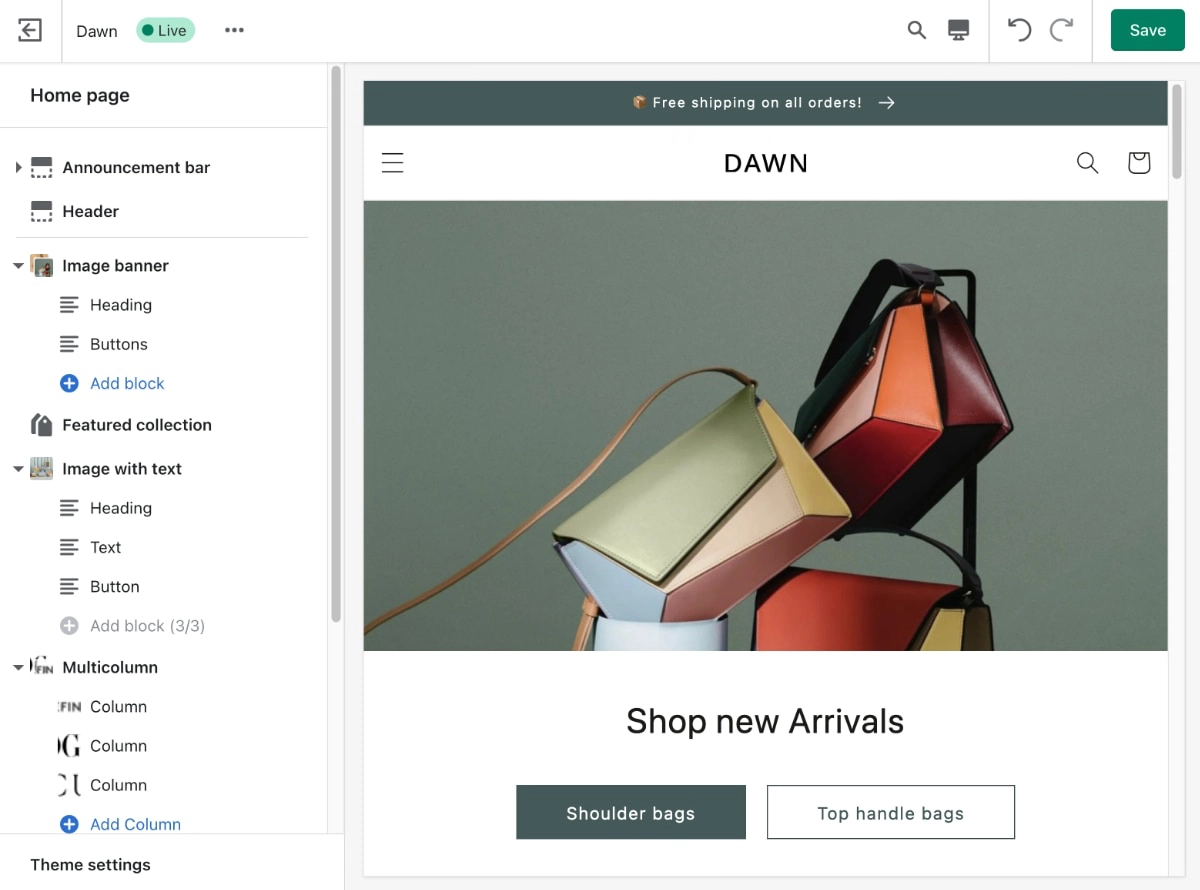
Shopify’s website editor is not difficult to understand, but it isn’t as intuitive as Wix.
The Shopify editor is quite user-friendly and not overwhelming for a non-coder. The vast amount of apps in Shopify App Store opens up many possibilities to advance the online store as it grows. Just beware that many apps come with separate costs, so it’s not necessarily the holy grail to access endless amounts of apps if another ecommerce platform has all the features you need without additional apps.
Customer service and reviews: some issues
Shopify and Wix have 24/7 support on all ecommerce plans, but how the companies go about with this is different.
Wix offers callbacks and email responses to queries as standard, but many users complain of very poor customer service, no responses, repetitive advice and going around in circles without solving issues. It is not until you upgrade to Wix Business VIP that you get “priority responses” and “VIP support”, but even then, you still get customers with bad experiences of customer support.
Shopify also has a long record of poor customer reviews saying it is hard to get through to the support team, issues don’t get resolved, costs are high, and Shopify can close your store any time without warning if they have suspicions about your services. It seems that the quality of service has gone downhill since the beginning of the pandemic, but that is not unusual for companies.
Shopify has the best ecommerce-POS combo
If you’re going for the platform with the smoothest point of sale (POS) integration with the online store, Shopify wins.
In fact, all its ecommerce subscriptions include free access to a Shopify POS app on your iPad, iPhone or Android tablet or smartphone. A more advanced POS system is available for an additional US$89 + GST monthly per location (Shopify POS Pro). The free version (Shopify POS Lite) is best suited for on-the-go sales and simple inventories.
Image: Shopify
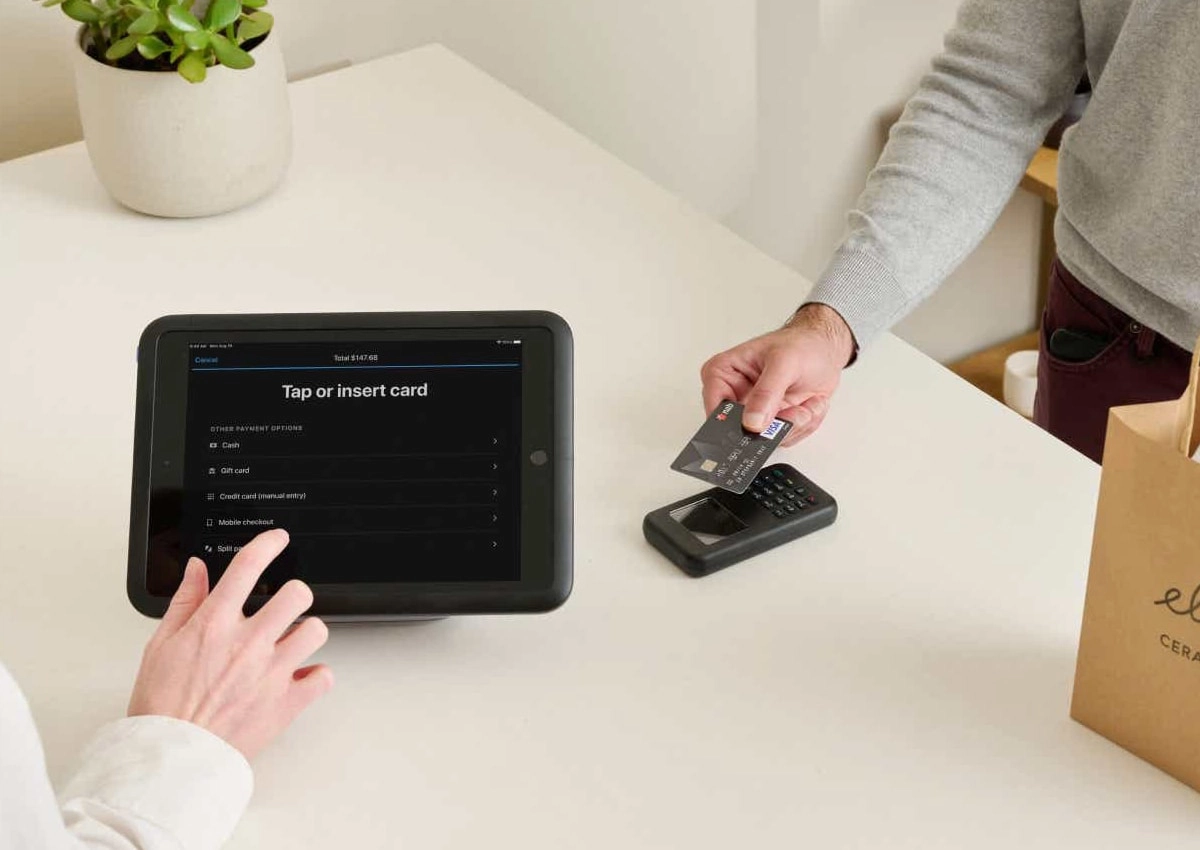
Shopify POS is a till app for running a brick and mortar shop connected to an online store.
Shopify POS Pro has advanced inventory management features, extra staff permissions, and options for customers to order items online for in-store pickup, buying in store for shipping, and a free choice of refunding/exchanging online or in store. In other words, the online store and in-store sales are fully working together to optimise the customer experience. The app also integrates with Shopify’s own card reader.
Wix integrates with Square Reader that works with a free Point of Sale app on iPad, iPhone and Android devices. In-store transactions will then show in your Wix dashboard for a unified view of card reader transactions and online sales. This integration is not as advanced as Shopify’s own POS system, though.
Learn more: Shopify POS Australia – worth the subscription?
Verdict: depends on your budget and needs
Wix has a better user experience, lower costs and many free templates. You can start an online store in minutes with the ADI editor or play around with many design options without prior experience of building a website. The platform also keeps adding new features and already has tools for diverse business sectors.
Shopify is best for retailers with large inventories and big plans to grow with any choice of apps connected to the online store. There’s a big choice of online gateways and no storage limitations.
Omnichannel sales (where POS and ecommerce work together for a coherent online-in store customer journey) is also much better with Shopify, since all transactions are connected to the same inventory system. This is valuable particularly during COVID-19 when shops have to be flexible with how they sell.
Wix is far cheaper. If you’re drawn to Shopify’s many apps, the POS Pro system and alternative payment gateways, these all come at additional costs on top of the already costly subscription. With Wix, you get many features on a low-cost plan, but then the chance is higher of missing out on certain features.
Bottom line:
Wix is excellent for small businesses that want to start a very adaptable, small online store easily.
Shopify is better for more established online retail shops that can afford a platform with no limits to ecommerce.
 |
 |
|---|---|
| Full review | Full review |
| Trial a free account | Get a free 14-day trial |


